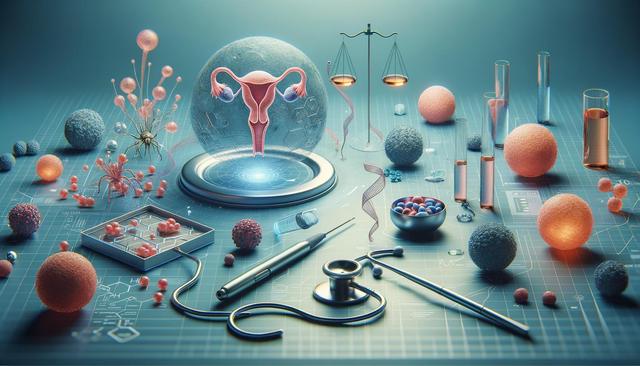Recognizing the Early Signs in Women
Bladder cancer can often go unnoticed in its early stages, especially in women, where symptoms might be mistaken for other common urinary issues. Understanding the early symptoms of bladder cancer in females is essential for timely diagnosis and treatment. These symptoms may include:
- Blood in the urine (hematuria), which may appear pink, red, or cola-colored
- Frequent urination or feeling the need to urinate without being able to
- Painful urination or a burning sensation
- Lower back pain on one side
Women often assume these symptoms are related to urinary tract infections (UTIs), leading to delays in diagnosis. Knowing how does bladder cancer present in women helps differentiate it from more benign conditions. Any persistent urinary changes should be discussed with a healthcare provider for further evaluation.
Bladder Cancer or UTI? Understanding the Differences
One of the challenges in identifying bladder cancer in women is differentiating it from a UTI. Both conditions may present with similar signs, but there are key differences to consider. Understanding the signs of bladder cancer vs UTI in females can encourage earlier investigation and diagnosis.
UTIs typically present with:
- Cloudy or strong-smelling urine
- Pelvic pain in the center of the pelvis
- Relief after completing antibiotic treatment
In contrast, bladder cancer symptoms often persist despite treatment and may include visible or microscopic blood in the urine without an infection. If symptoms return soon after treatment or do not improve, further testing such as urine cytology or imaging may be needed. Prompt consultation with a urologist can help rule out more serious conditions.
Diagnosis and Staging
Once bladder cancer is suspected, a series of diagnostic tests are conducted to confirm its presence and understand its stage. These may include:
- Urinalysis and urine cytology to detect cancerous cells
- Cystoscopy, a procedure using a camera to view the bladder
- Biopsy, where tissue samples are taken for analysis
- Imaging tests like CT urograms or MRI scans
Staging determines how far the cancer has spread and is critical for planning treatment. Bladder cancer is categorized into non-muscle-invasive (confined to the lining) and muscle-invasive (spread to the bladder wall and beyond). The treatment approach varies significantly based on the stage, making early detection even more vital.
Treatment Options for Bladder Cancer
The course of treatment depends on the type and stage of bladder cancer, as well as the patient’s overall health. Common treatment options include:
- Surgical intervention, such as transurethral resection (TURBT) for early-stage tumors or cystectomy for more advanced cases
- Intravesical therapy, where medication is delivered directly into the bladder
- Immunotherapy, which stimulates the body’s immune system to target cancer cells
- Chemotherapy, either before or after surgery, or as a primary treatment for advanced cancer
- Radiation therapy, often used in conjunction with other treatments
Each treatment plan is tailored to the individual, and multidisciplinary teams often guide patients through the process. Newer therapies and clinical trials are also available in some centers, providing additional options for those with recurrent or resistant cancer.
Life After Treatment and Monitoring
Following treatment, regular follow-up is essential to monitor for recurrence, which is common in bladder cancer cases. Surveillance typically includes periodic cystoscopies, urine tests, and imaging. Women should be aware that some symptoms might return, and knowing how does bladder cancer present in women helps in noticing any concerning changes early.
Living beyond bladder cancer involves managing both physical and emotional health. Support groups, counseling, and lifestyle changes, such as quitting smoking and maintaining a healthy diet, can improve long-term outcomes. Early symptoms of bladder cancer in females should never be overlooked, especially given the risk of recurrence. Staying informed and maintaining regular medical appointments are key steps in managing life after treatment.
Conclusion: Empowering Women Through Awareness
Bladder cancer in women is often under-recognized, partly due to symptom overlap with more common conditions like UTIs. By understanding the early symptoms of bladder cancer in females and learning how to distinguish the signs of bladder cancer vs UTI in females, women can take proactive steps toward early diagnosis and effective treatment. Whether you’re managing a recent diagnosis or supporting a loved one, knowledge and timely medical attention are powerful tools in the journey toward recovery.




Leave a Reply